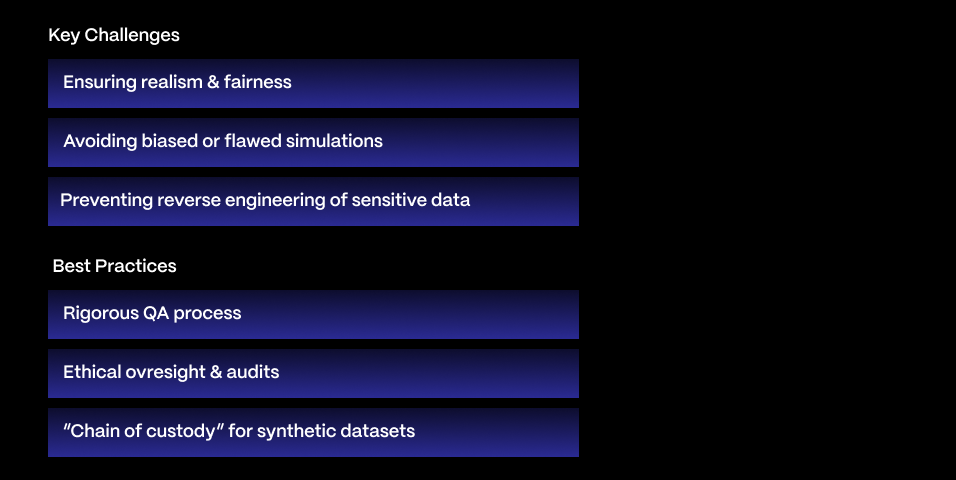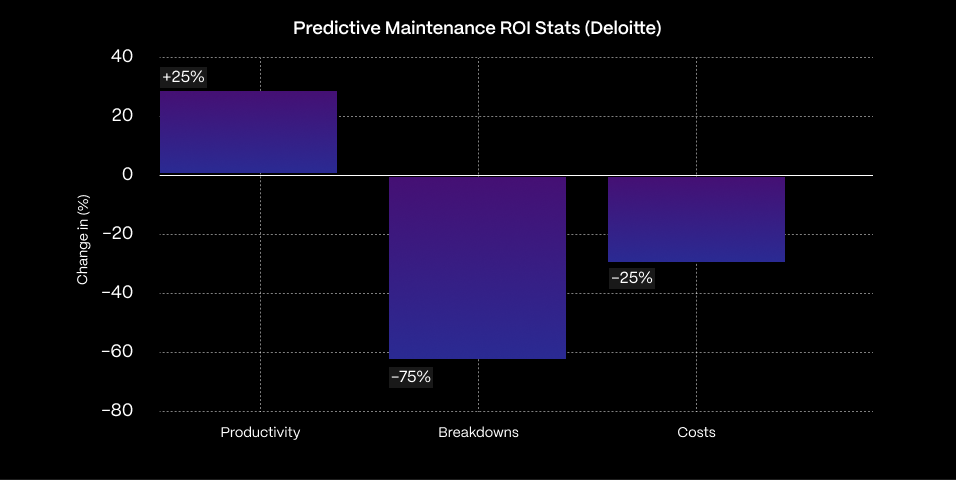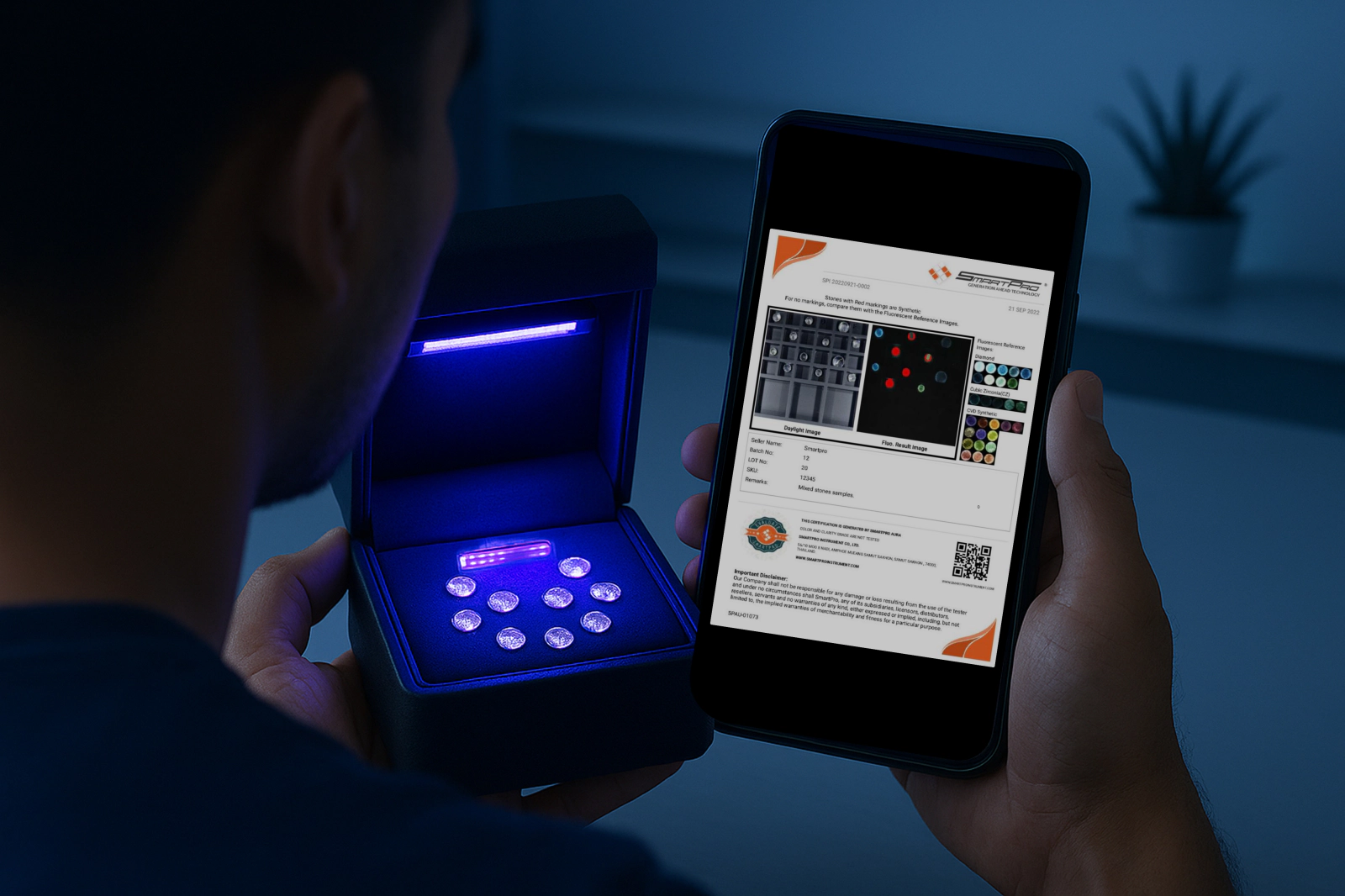Brief
In regulated food and cannabis testing environments, accuracy is everything. However, ensuring precision comes at the cost of time. In this case, a lab faced a familiar bottleneck: analysts were spending close to 1.5 hours per sample reviewing chromatograms manually—a tedious process that involved identifying peaks, correcting noise, adjusting for co-elutions, and ensuring every tiny anomaly was accounted for. These reviews were then passed on to a second-level reviewer, further stretching the turnaround.
With AI stepping into the workflow, things changed dramatically. Built using historical review data, our AI model learned how analysts performed corrections and began replicating those decisions. It handled the repetitive, error-prone first-level review in minutes, not hours.


Challenges
- Heavy Manual Workload on Analysts
Each sample required 60–90 minutes of review time. This meant a single analyst could only process about 6 samples in an 8-hour shift, significantly limiting the lab’s testing capacity. More time spent reviewing meant fewer samples tested per day. - Matrix Interference Issues
Food and cannabis products often come with complex matrices (e.g., sugars, fats, flavorings) that interfere with accurate compound detection. Analysts frequently had to correct for enhancements, suppression, or co-eluted peaks manually. - Inconsistent Review Quality
Different analysts applied slightly different criteria when correcting chromatograms. This led to inconsistencies in reporting and flagged several unnecessary outliers for second-level review. - Delayed Turnaround Times
Clients were often waiting over 72 hours for test results due to backlog and analyst fatigue. The slow pace directly impacted client satisfaction and revenue.
Solution
Our AI solution was trained on thousands of manually reviewed chromatograms and lab SOPs to automate:
- Baseline Corrections
Automatically smoothed noisy baselines based on learned patterns from real analyst behavior. - Retention Time Adjustments
Adjusted for small RT shifts due to instrument variability, ensuring peaks appeared at expected locations. - Matrix Interference Corrections
Recognized common suppression/enhancement patterns from sample types like gummies or beverages and auto-corrected them. - Peak Integration and Separation
Identified overlapping peaks and accurately split them where needed to reflect the real compound presence.
Impact
| Metric | Before AI | After AI |
| Samples Reviewed Per Analyst Per Day | 6 | 11–12 |
| Avg. First-Level Review Time | 75 minutes | 12 minutes |
| False Positive Flags | High | Reduced by 60% |
| Reviewer Turnaround | 72 hours | 36 hours or less |
Imagine a lab technician named Maya. Before AI, Maya could review around 6 cannabis gummy samples in a full day. Each required her to manually inspect noisy chromatograms, flag overlapping peaks, and struggle with matrix interferences caused by sugar and flavoring agents. By 4 PM, she was exhausted, and samples were still waiting.
Now, with AI in the loop, Maya logs in, and the system has already pre-reviewed 12 chromatograms before lunch. She only needs to validate the AI’s decisions—a quick 5-10 minute check per sample. She spends the rest of the day either clearing more samples or assisting junior analysts.
For the lab, this means double the output without doubling the headcount. The same instruments. The same team. Just smarter workflows.
Conclusion
By automating the first-level chromatogram review with AI, this testing lab transformed its productivity without compromising on precision. Analysts now focus on validation rather than grunt work, and clients receive results faster than ever before. For labs looking to scale while maintaining quality, AI isn’t just a tool—it’s a game-changer.
Ready to see how your lab can double its throughput without increasing your team?
Let’s talk.
Our Solutions in Action
Read how we have transformed businesses along the way.
-
Slash turnaround time – Boost ROI and maximize existing resources
Imagine cutting your lab’s turnaround time by 60%, freeing up analysts to focus on high-value work that drives measurable ROI-all without adding headcount.
-
Accelerating Chromatographic Reviews with AI-Driven Automation
Streamlining chromatographic data review in food and cannabis testing labs using AI to improve turnaround time, reduce errors, and increase sample throughput.
-
Modernizing Balikbayan: A Logistics Platform for Automated Parcel Delivery
The developed platform automates and streamlines the process of last-mile delivery to the Philippines. It facilitates the management of shipments from pickup to delivery, providing tracking…

-
Diamond Screener App: Diamond Testing with Advanced AI Technology
Technostacks developed a solution for synthetic diamond screening, enabling diamond testing with features like auto-detection, 360-degree view, and low power consumption. The app integrates …

-
Optimizing Assembly Line Performance for MTU with Digital Tools and Computer Vision Solutions
The main objective of this software is to bring industry 5.0 revolution within the manufacturing facility for largest marine parts manufacturing company. We have implemented solution to auto…

-
Enhancing Indoor Climate Control with Advanced Ventilation Systems
Technostacks developed a Bluetooth-enabled indoor ventilation system with real-time monitoring and remote control, delivering precise airflow management and improved HVAC efficiency.

-
Smart Data Entry System Using AWS Textract
We have used automation by AWS Textract for data entry and Generative AI for data processing to improve the precision toward high accuracy and efficiency.

-
Streamlining Health Management with Smart Device Integration
Learn how Technostacks partnered with a leading global health solutions provider to create an innovative IoT-enabled health management application. The app simplifies health tracking, ensure…

-
Mobile App Integration for Advanced Frost Protection
Technostacks collaborated with Norway’s largest plastic pipe systems manufacturer to develop a BLE-enabled heating cable management system with a mobile app. The solution simplified setup,…

Lets Talk
Have a challenge?Let us know.